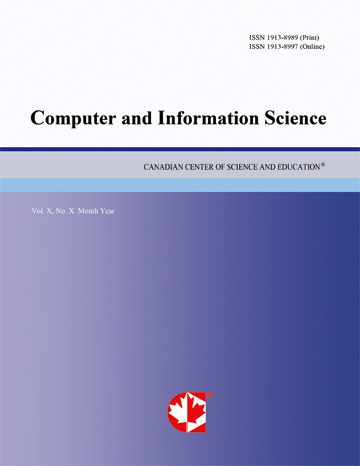Computational Modeling of Transmission Capacity With Outage Constraints in Ad-Hoc Networks
- Moses Ekpenyong
- Joseph Isabona
Abstract
In this paper, the transmission capacity of two existing wireless networks (the primary (PR) network and the secondary (SR) network) operating in the same geographical region and sharing the same spectrum is studied. We define transmission capacity as a product of the following signal propagation parameters: the density of transmission, the transmission rate and transmission outage probability. The PR network has a higher priority to access the spectrum regardless of the SR network, while the SR network limits its interference on PR network by carefully controlling the density of the transmitters. We quantify the transmission capacity for both networks and study their tradeoffs using computer simulation. Simulation results show that the proposed model has minimized mutual interference by significantly increasing the network spectrum efficiency per unit area and the transmission capacity.
- Full Text:
 PDF
PDF
- DOI:10.5539/cis.v3n3p89
Journal Metrics
WJCI (2022): 0.636
Impact Factor 2022 (by WJCI): 0.419
h-index (January 2024): 43
i10-index (January 2024): 193
h5-index (January 2024): N/A
h5-median(January 2024): N/A
( The data was calculated based on Google Scholar Citations. Click Here to Learn More. )
Index
- BASE (Bielefeld Academic Search Engine)
- CNKI Scholar
- CrossRef
- DBLP (2008-2019)
- EuroPub Database
- Excellence in Research for Australia (ERA)
- Genamics JournalSeek
- GETIT@YALE (Yale University Library)
- Google Scholar
- Harvard Library
- Infotrieve
- Mendeley
- Open policy finder
- ResearchGate
- Scilit
- The Keepers Registry
- UCR Library
- WJCI Report
- WorldCat
Contact
- Chris LeeEditorial Assistant
- cis@ccsenet.org
